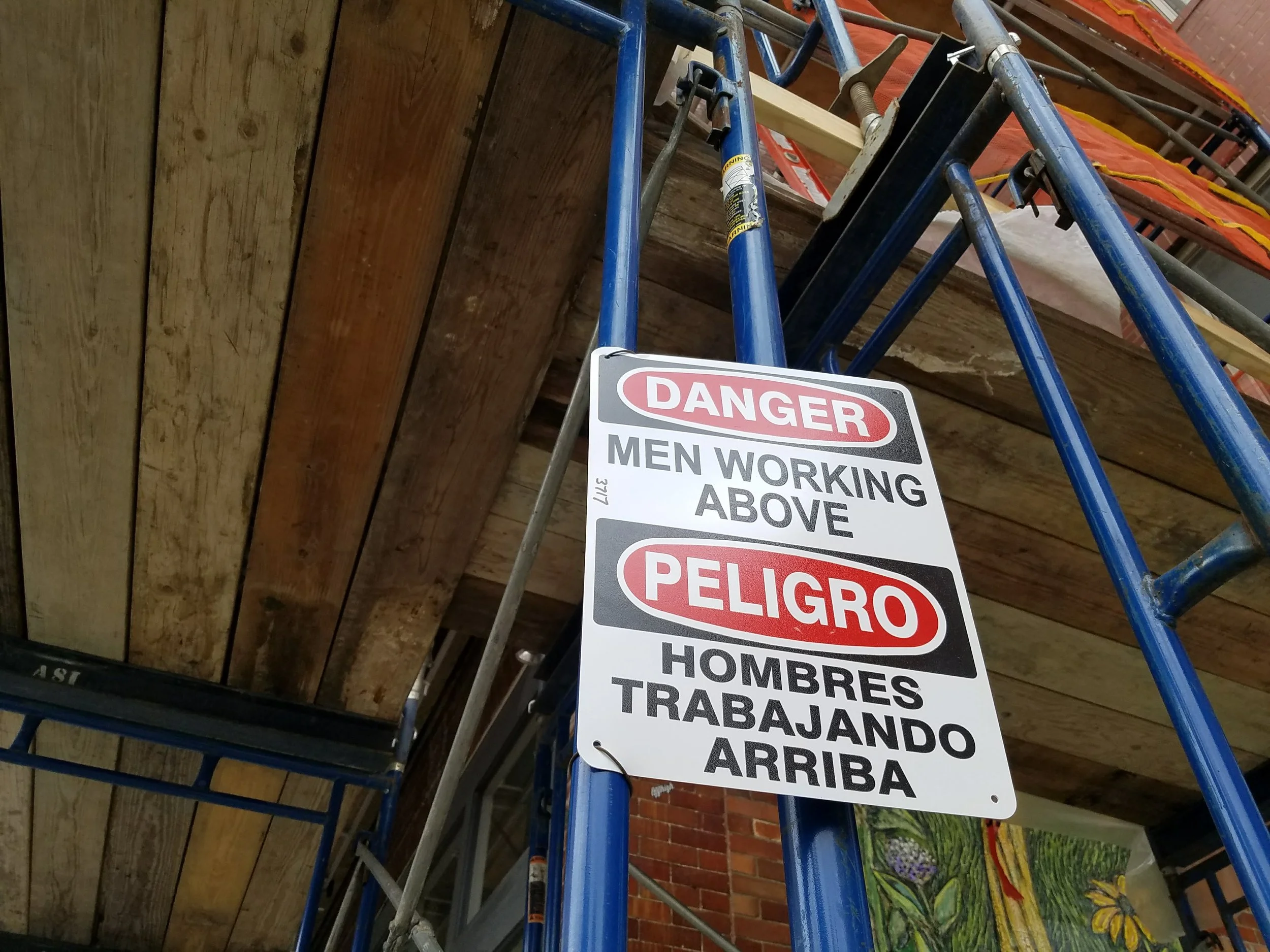After an uptick in construction industry fatalities in 2016, a recent Bureau of Labor Statistics report shows that both the amount of construction worker deaths and the rate of fatality dropped in 2017.
According to the report, there were 971 construction industry deaths in 2017, as compared to 991 in 2016. The rate of fatality also dropped from 10.1 deaths per 100,000 full-time equivalent (FTE) workers to 9.5 in 2017.
Of specific occupations with a high fatality rate, roofers and structural iron and steel workers ranked as two of the highest in 2017. There were 91 roofers that died on the job last year, which accounts for a 45.2 fatal work injury rate per 100,000 FTE workers. 14 structural iron and steel workers died in 2017, bringing their fatal work injury rate to 33.4.
Transportation incidents continue to be far and away the leading cause of workplace fatalities overall, totaling 2,077 in 2017, which was down slightly from 2,083 in 2016. Falls, slips, and trips were the number two cause overall, accounting for 887 deaths, which was 38 more than the previous year.
Contact with objects and equipment fell 9% year over year, with 695 deaths in 2017 and 761 in 2016. Another positive note was that crane-related workplace fatalities fell to their lowest level ever recorded in the National Census of Fatal Occupational Industries report (CFOI), totaling 33 in 2017.
In the demographics category, the rate of fatal injuries was down in almost all age groups, expect for those 65 and older. Total workplace deaths for that group rose from 688 to 775 and also increase their rate from 9.6 to 10.3.
The drop in number and rate of fatalities is certainly good news for the industry, but OSHA issued a statement the day the report was released to temper any excitement, saying:
“While today’s report shows a decline in the number of workplace fatalities, the loss of even one worker is too many,” said Loren Sweatt, Acting Assistant Secretary for the Occupational Safety and Health Administration (OSHA). “Through comprehensive enforcement and compliance assistance that includes educating job creators about their responsibilities under the law, and providing robust education opportunities to workers, OSHA is committed to ensuring the health and safety of the American workforce.”
“The scourge of opioid addiction unfortunately continues to take its toll on workers across the country, demonstrating the importance of this Administration’s efforts to tackle this crisis,” Sweatt added. The 2017 report marked the fifth consecutive year that unintentional drug and alcohol overdoses increased, jumping 25% in 2017, after jumping another 32% in 2016.
Full report: NATIONAL CENSUS OF FATAL OCCUPATIONAL INJURIES IN 2017 | BLS











Last summer, Hilti announced that they had developed their first exoskeleton designed for construction tradespeople in a partnership with Ottobuck, a prosthetics, orthotics, and exoskeleton provider. Earlier this month, Hilti officially released the exoskeleton, announced more details, and published its retail price on their website.